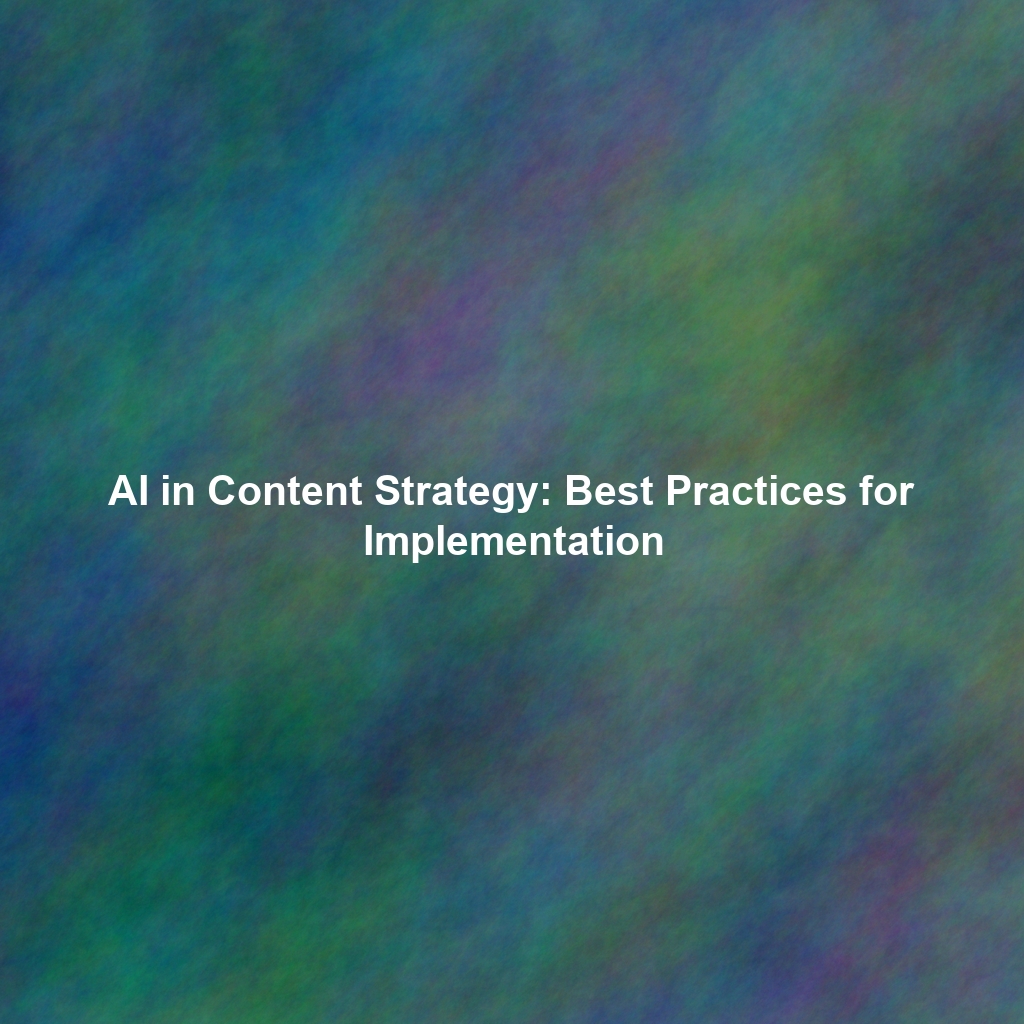In today’s saturated digital landscape, producing original content is vital, but it’s not the only path to audience engagement and thought leadership. Enter content curation – the strategic process of finding, organizing, annotating, and sharing the most relevant and valuable information on a specific topic. Think of it as becoming a trusted guide, leading your audience to the best resources the internet has to offer, rather than solely relying on your own output. This article explores the numerous benefits of content curation and provides practical steps for effectively sharing valuable content from other sources with your audience.
Why Content Curation Matters: Benefits for Your Marketing Strategy
Content curation isn’t just about resharing links; it’s a powerful marketing strategy that offers a range of advantages:
Establishes You as a Thought Leader
By consistently sharing high-quality, relevant content from various sources, you position yourself as a knowledgeable and trusted authority in your niche. Your audience will come to rely on you as a go-to resource for the latest industry insights and trends. This builds credibility and strengthens your brand reputation. The key here is thoughtful selection and insightful commentary, demonstrating your understanding of the subject matter.
Saves Time and Resources
Creating original content takes time, effort, and resources. Content curation provides a cost-effective way to keep your audience engaged and informed without constantly reinventing the wheel. You can leverage existing high-quality content to fill gaps in your content calendar and maintain a consistent flow of valuable information.
Enhances Audience Engagement
Sharing diverse perspectives and viewpoints through curated content can spark conversations and encourage audience participation. By presenting different angles on a topic, you invite your audience to share their own thoughts and opinions, fostering a more interactive and engaged community. Remember to ask questions and encourage discussion around the shared content.
Drives Traffic and SEO Benefits
While content curation primarily involves sharing external links, it can indirectly benefit your website’s SEO. When you provide valuable resources to your audience, they are more likely to trust and engage with your brand, increasing website traffic through direct visits and social shares. Also, the commentary you add to curated content can be optimized for relevant keywords, boosting your search engine visibility.
Builds Relationships with Influencers
By curating and sharing content from other industry experts and influencers, you can build valuable relationships with them. Tagging them in your social media posts or mentioning them in your blog articles can get you on their radar and potentially lead to collaborations or partnerships in the future.
How to Curate Content Effectively: A Step-by-Step Guide
Effective content curation requires a strategic approach. Here’s how to curate content that resonates with your audience and achieves your marketing goals:
Define Your Target Audience and Their Needs
Before you start curating content, clearly define your target audience and their specific interests, pain points, and information needs. This will help you narrow down your search and select content that is most relevant and valuable to them. What questions are they asking? What problems are they trying to solve?
Identify Reliable Sources
Identify reputable and trustworthy sources of information within your industry. This could include industry blogs, news websites, research journals, influencer social media accounts, and reputable industry publications. Focus on sources that consistently produce high-quality, accurate, and unbiased content.
Use Content Curation Tools
Leverage content curation tools like Feedly, BuzzSumo, Pocket, and Curata to streamline your content discovery and organization process. These tools can help you monitor relevant keywords, track trending topics, and organize your curated content into easily accessible libraries. These tools save time and ensure you don’t miss crucial information.
Add Value with Context and Commentary
Don’t just share links without providing context. Add your own unique perspective and insights to the curated content. Explain why the content is valuable, highlight key takeaways, and encourage discussion. This is where your expertise shines and differentiates you from simply being a content aggregator. Think: “This article highlights X, but I’ve found Y is also important because…”
Choose the Right Channels for Sharing
Select the most appropriate channels for sharing your curated content based on your target audience and your marketing goals. This could include your blog, social media platforms (LinkedIn, Twitter, Facebook, etc.), email newsletters, or even internal communication channels. Tailor your content and messaging to each specific channel.
Give Credit Where Credit Is Due
Always give proper attribution to the original source of the content you are sharing. This is not only ethical but also helps build trust with your audience and fosters positive relationships with content creators. A simple “via [Source Name]” or a link back to the original article is sufficient.
Monitor and Analyze Your Results
Track the performance of your curated content to see what resonates with your audience. Analyze metrics such as click-through rates, social shares, and engagement levels. Use this data to refine your curation strategy and focus on sharing content that delivers the most value to your audience.
Examples of Effective Content Curation
Here are a few examples of how you can curate content effectively:
- “Weekly Round-Up”: Share a weekly summary of the most important news and trends in your industry on your blog or in your email newsletter.
- “Curated Twitter List”: Create a curated Twitter list of industry experts and thought leaders to easily follow their insights and share relevant tweets.
- “Resource Library”: Build a resource library on your website that includes links to helpful articles, guides, and tools curated from various sources.
- “LinkedIn Article with Commentary”: Share an interesting article on LinkedIn and add your own thoughts and analysis to spark a discussion.
Conclusion
Content curation is a powerful and often overlooked marketing strategy that can significantly enhance your brand’s authority, engagement, and reach. By carefully selecting, organizing, and sharing valuable content from other sources, you can establish yourself as a trusted resource in your industry and build stronger relationships with your audience. Remember to add your own unique perspective and insights to the curated content, give proper credit to the original sources, and continuously monitor and analyze your results to optimize your curation strategy. Embrace content curation, and watch your influence and impact grow.
 Skip to content
Skip to content

